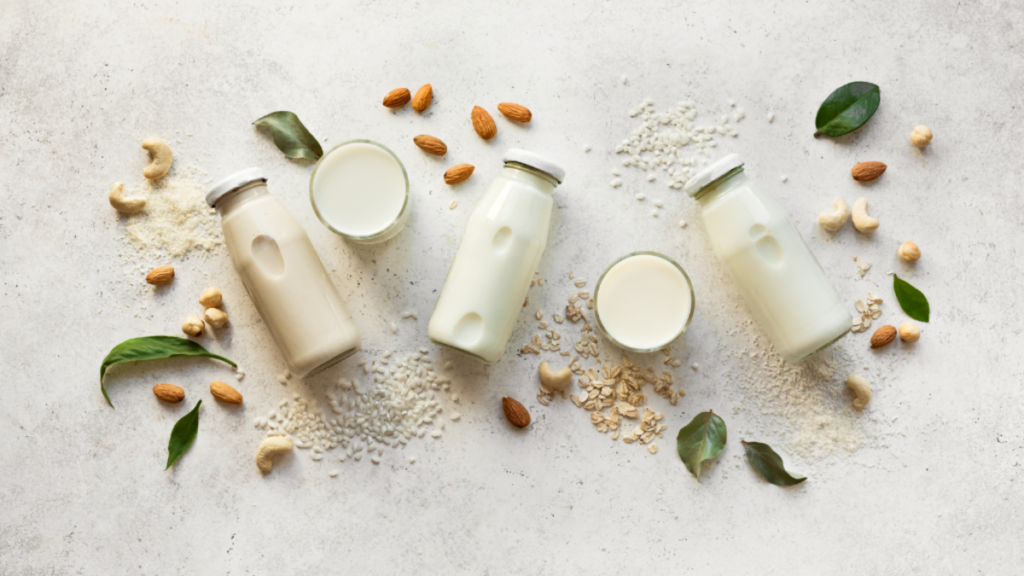
Table of Contents
- Introduction: Milk as a Global Language
- Milking Through Time: A Cultural Tapestry
- India: The Sacred Sip
- Middle East: A Taste of Tradition
- Europe: The Homeland of Cheese and Cream
- Africa: Fermented Flavors and Functional Nutrition
- East Asia: Reimagining Milk in Modern Lifestyles
- Latin America: Sweet, Spiced, and Celebrated
- North America: Innovation Meets Tradition
- The Global Dairy Revolution
- Conclusion: A World United by Dairy
1. Introduction: Milk as a Global Language
Milk is one of the most universal foods on the planet, yet how it’s enjoyed varies drastically across borders. From warm spiced drinks in India to aged blue cheeses in France, milk morphs into forms shaped by geography, tradition, climate, and taste. Join us on a fascinating world tour to explore how different cultures celebrate dairy in their unique culinary traditions.
2. Milking Through Time: A Cultural Tapestry
The love affair with milk began over 10,000 years ago. As pastoral communities learned to domesticate animals, milk became a cornerstone of sustenance. Yet, cultural evolution and regional preferences transformed this simple liquid into thousands of diverse delights—from fermented drinks to elaborate cheeses.
3. India: The Sacred Sip
In India, milk isn’t just nourishment—it’s sacred. Used in religious rituals, Ayurveda, and daily diets, it forms the base for ghee, paneer, lassi, and kheer. Morning tea isn’t complete without a dash of creamy milk. In villages and cities alike, the sound of milk being boiled is a daily ritual steeped in history and reverence.
4. Middle East: A Taste of Tradition
From labneh (strained yogurt) to ayran (a salty yogurt drink), dairy is a pillar of Middle Eastern cuisine. Camel milk, rich in nutrients, is traditionally consumed in desert regions. Milk-based dishes like muhallabia (a silky milk pudding) showcase the region’s love for smooth textures and subtle flavors.
5. Europe: The Homeland of Cheese and Cream
Europe’s contribution to dairy is vast and refined. France offers Brie and Camembert; Italy gifts us mozzarella and Parmigiano-Reggiano. Scandinavians sip filmjölk, a tangy fermented milk, while the British cherish clotted cream on their scones. In these cultures, dairy isn’t just consumed—it’s curated and celebrated.
6. Africa: Fermented Flavors and Functional Nutrition
Across Africa, dairy is both traditional and practical. In East Africa, amasi and nunu (fermented milk drinks) are dietary staples. The Maasai of Kenya and Tanzania famously consume cow’s milk mixed with blood—a symbol of strength and heritage. Dairy here is adapted to hot climates and high-energy needs.
7. East Asia: Reimagining Milk in Modern Lifestyles
Traditionally less dairy-inclined, East Asia has seen a surge in milk consumption. Japan leads with milk-based confections, milk bread, and yogurt drinks. In China, milk tea has become a cultural phenomenon. Korea popularized banana milk as a nostalgic favorite. Innovation continues to shape dairy’s place in the Asian kitchen.
8. Latin America: Sweet, Spiced, and Celebrated
Latin American cuisine transforms milk into indulgent experiences. Think dulce de leche, tres leches cake, and atole—a warm corn and milk beverage. In Mexico and beyond, condensed milk is a beloved pantry staple, lending richness to desserts and drinks with joyful abandon.
9. North America: Innovation Meets Tradition
North America is a melting pot of dairy cultures. While traditional milk, cheese, and butter are widely consumed, the region also pioneers dairy innovations—Greek yogurt booms, lactose-free products grow, and plant-based alternatives co-exist with artisanal cheeses. Dairy is both a staple and a science here.
10. The Global Dairy Revolution
As global populations grow more health-conscious and environmentally aware, the dairy industry is evolving. Ancient fermentation methods are being rediscovered, while new technologies offer traceability and sustainability. Dairy diplomacy is real—countries now export their cultural dairy signatures worldwide, making global shelves more diverse than ever.
11. Conclusion: A World United by Dairy
Though oceans apart, cultures across the world are bound by their shared love of milk. Whether in a glass, a bowl, a cake, or a wheel of cheese, dairy adapts, connects, and comforts. On every continent, it brings warmth to kitchens, nutrition to bodies, and identity to cuisines. One ingredient, endless expressions.

